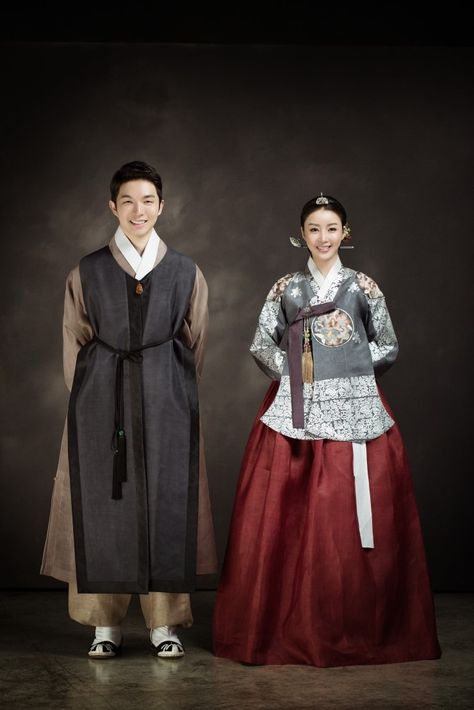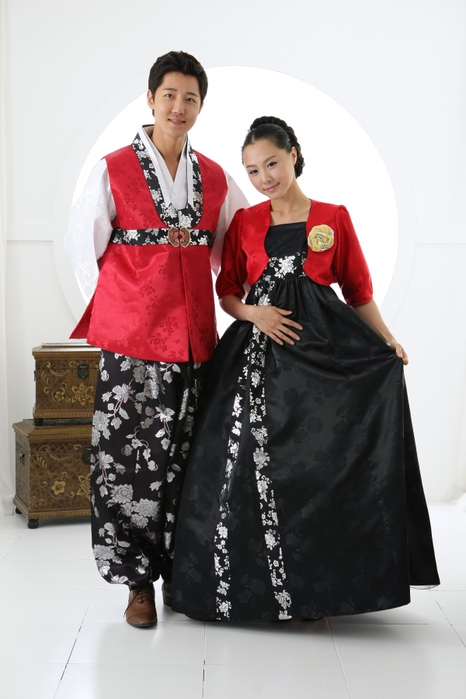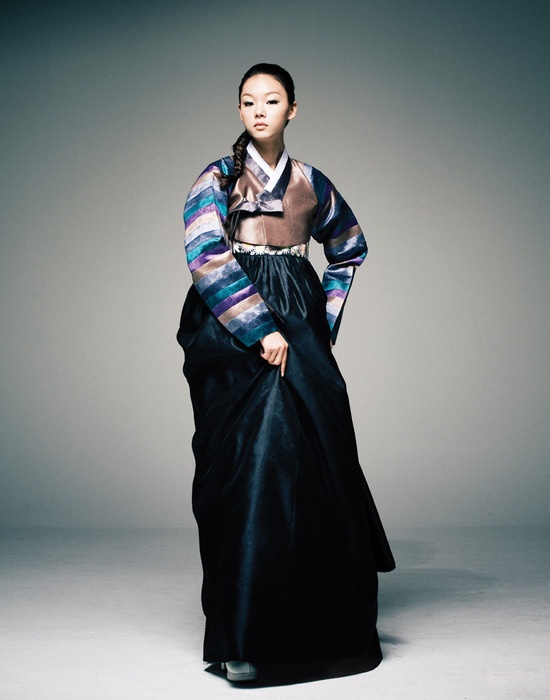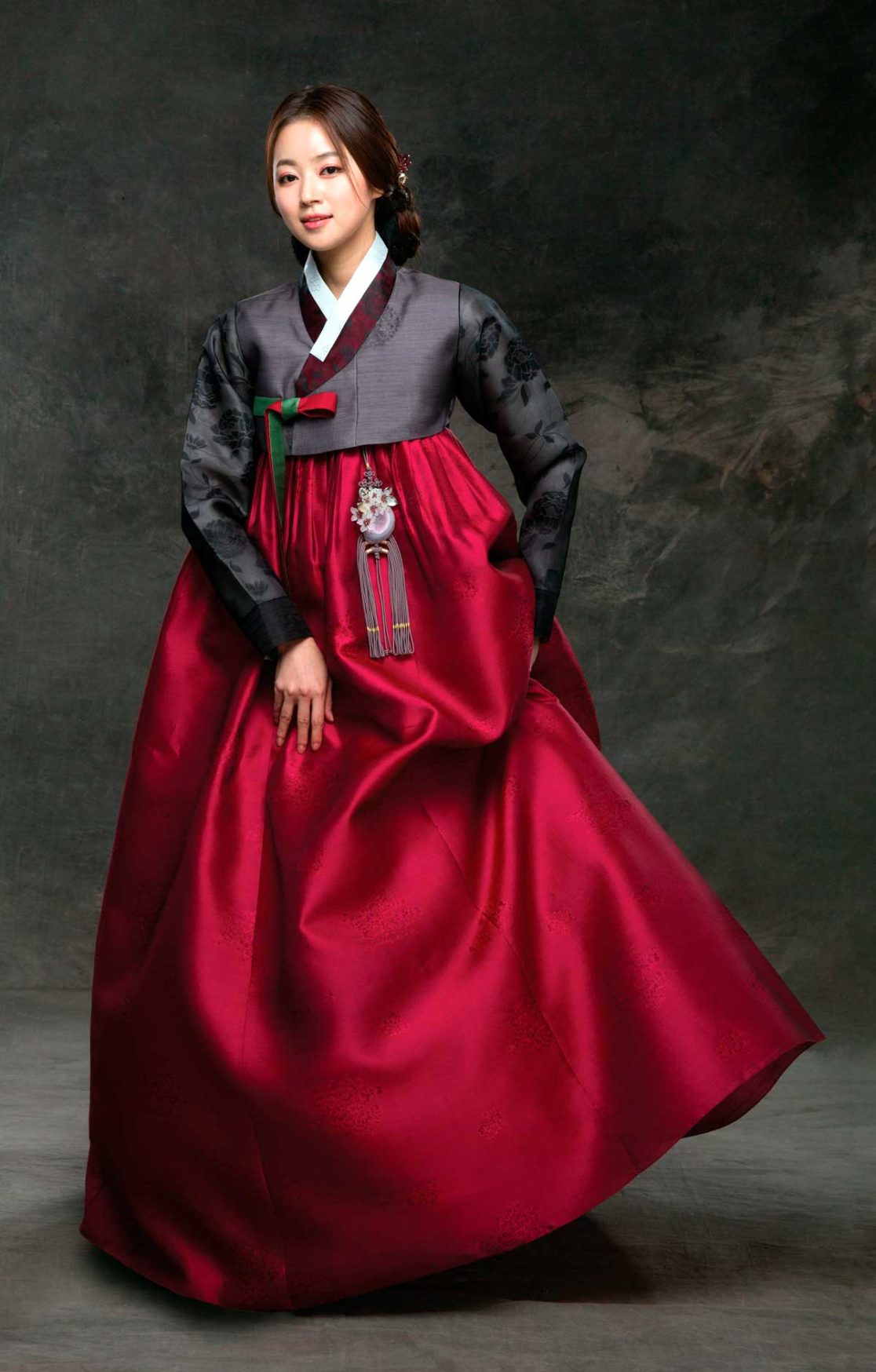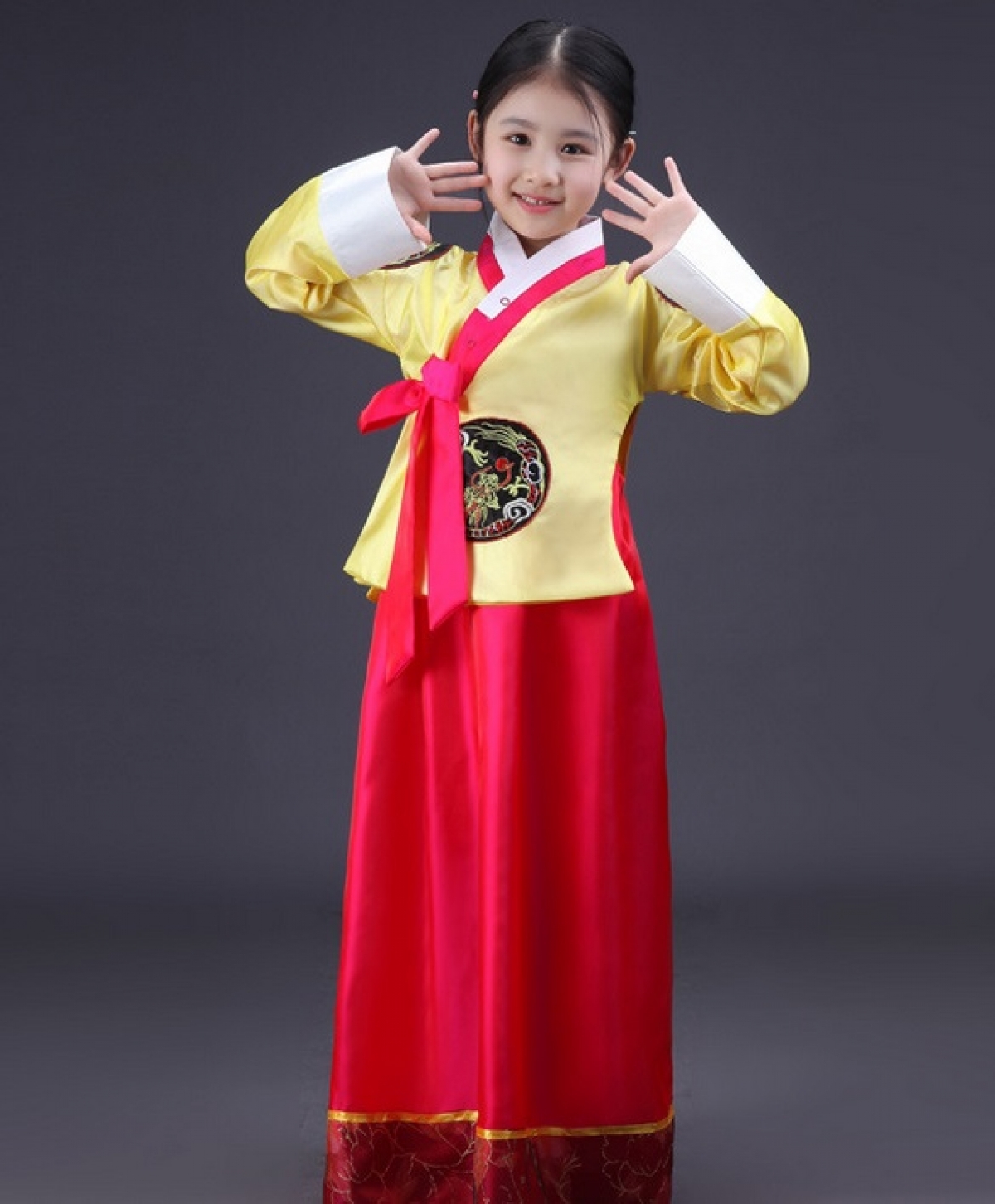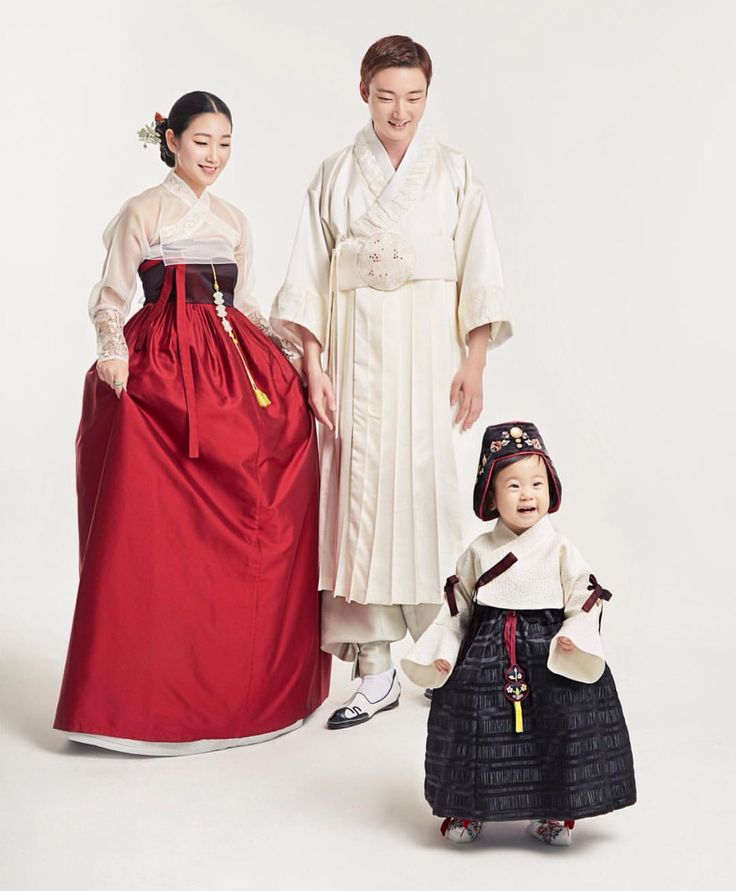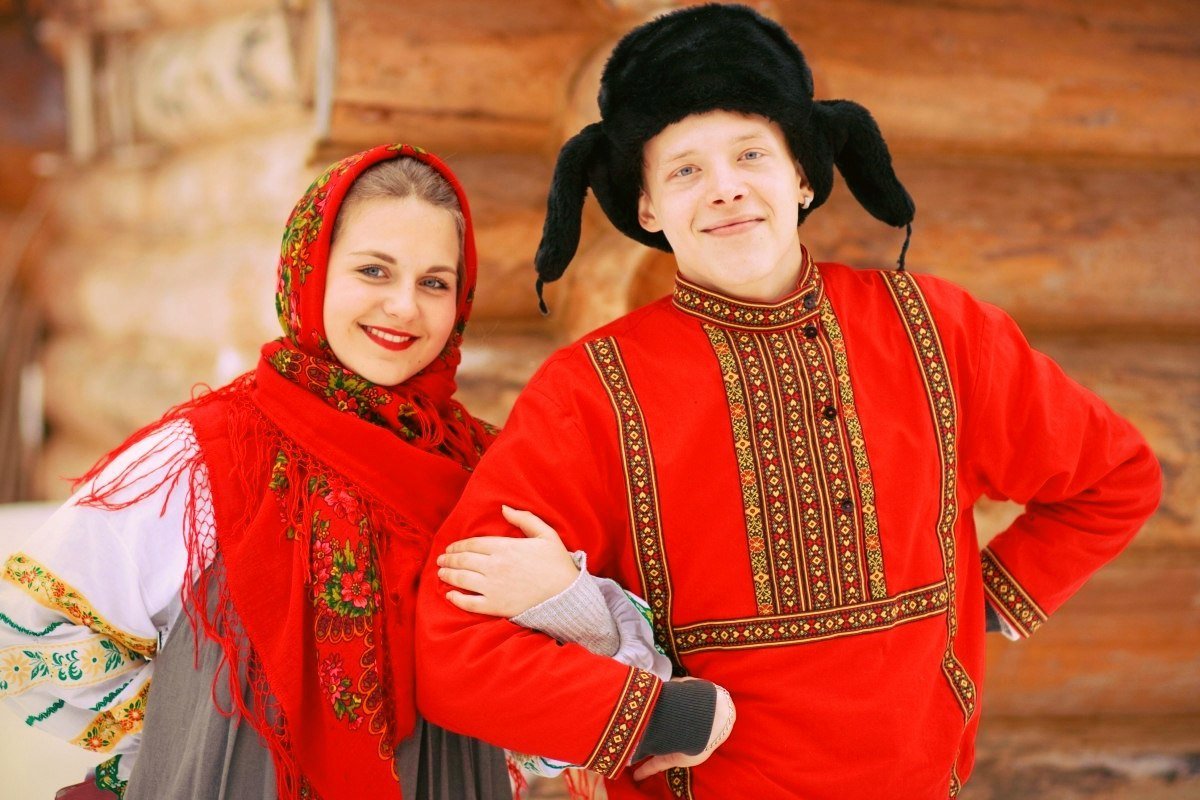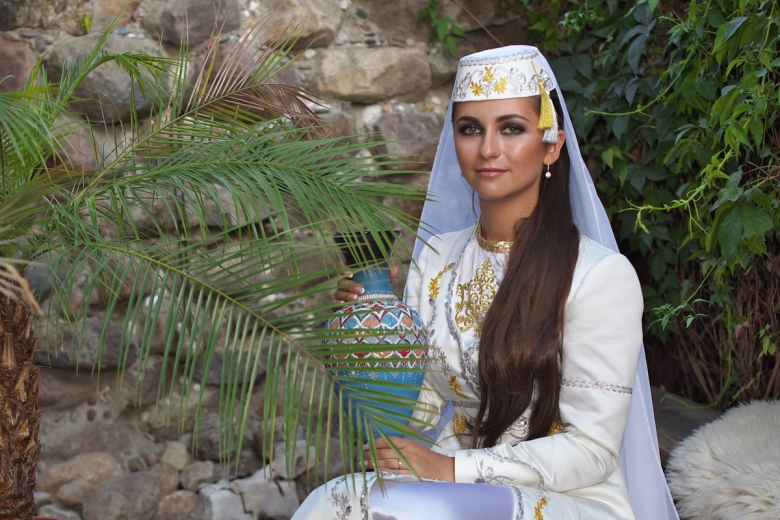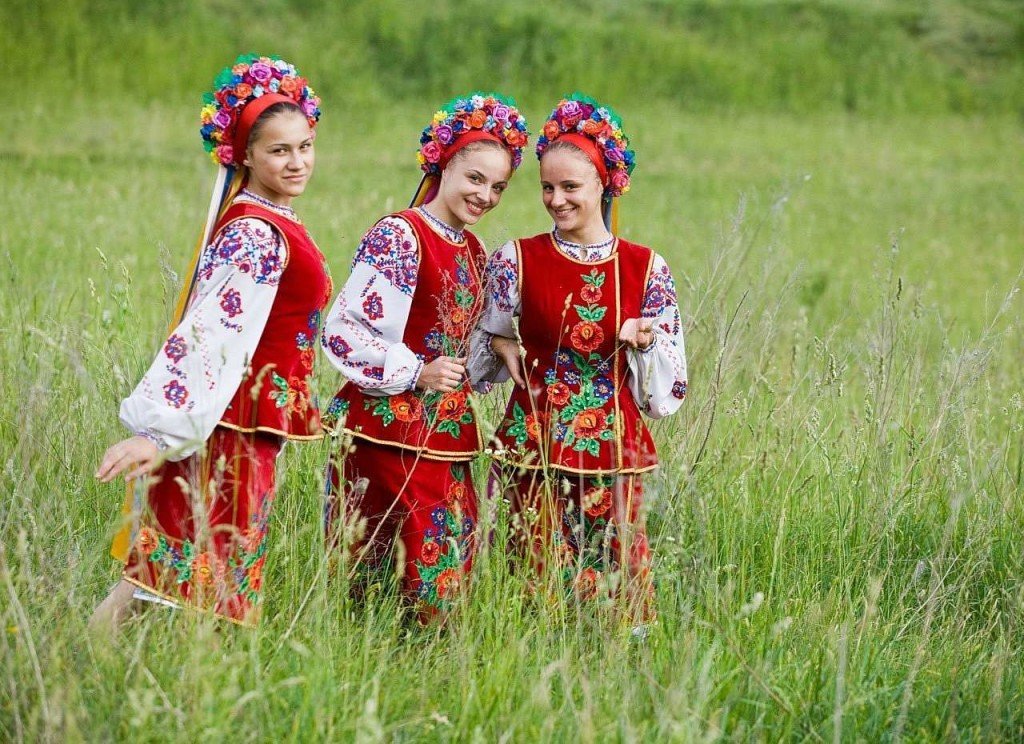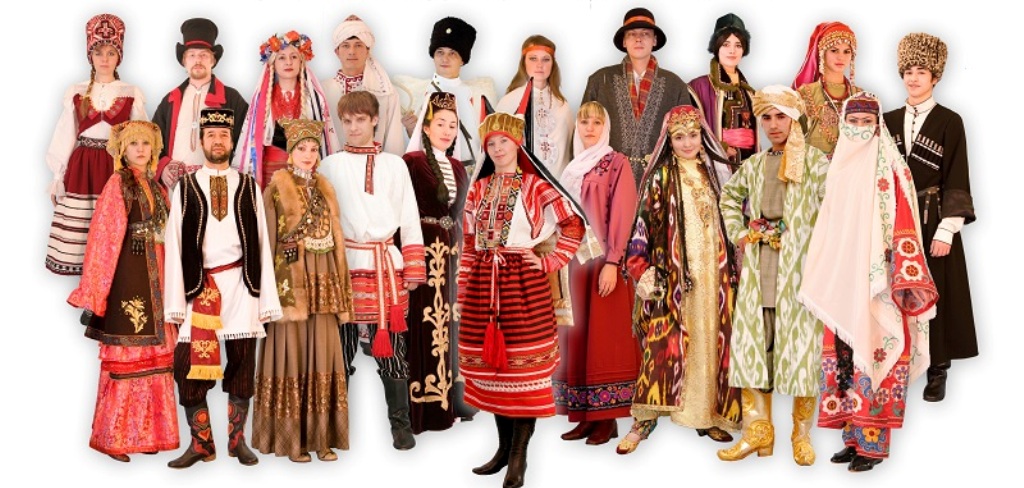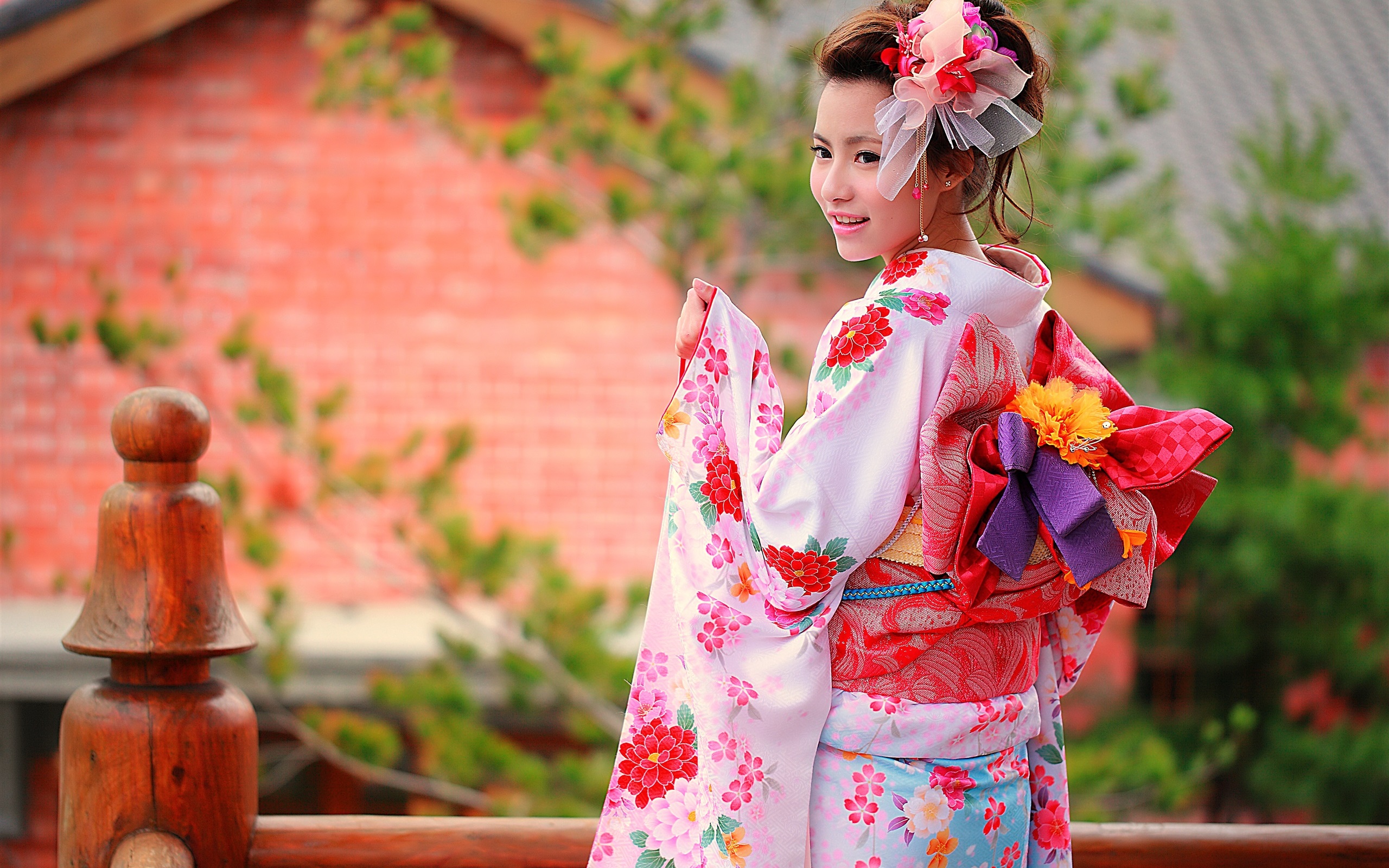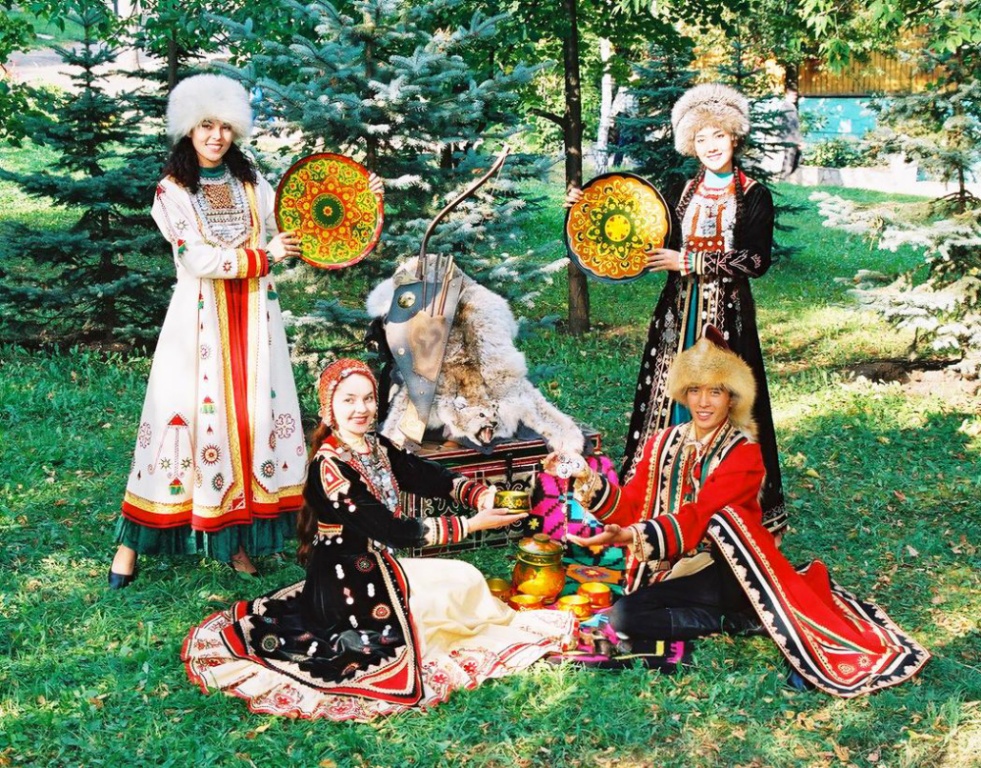In Korea, despite powerful technological progress, the influence of traditions is still strong. Koreans respect their history, art, and national clothes. Like the outfits of other nations, the Korean national costume has distinctive features that make it different from all the others. In past centuries, this clothing was worn constantly, on weekdays and holidays. Today, Koreans wear it on special occasions.
Characteristic features of traditional Korean clothing
The national dress of South Korea is called hanbok, that of the North is called chosonot, but despite the different names, it is the same costume with an ancient history. It is believed that it originated from the clothing of North Asian nomads. The very first versions of such a costume appeared in Korea before our era. It was then that its main details were invented - a shirt or jacket, pants or a long skirt, which have remained virtually unchanged to this day. Modern hanbok is a direct descendant of the hanbok that was worn during the Joseon Dynasty, which lasted for 5 centuries until the end of the 19th century.
The men's hanbok consists of two main parts - the chogori shirt and the paji pants. Their design has changed little over time:
- the jacket is loose, with fairly wide sleeves and two ribbon ties;
- The pants are baggy and have ties at the waist.
Such clothes were worn by commoners, they did not interfere with their work. A jacket called chokki or a jacket called magoja was worn over the chogori. These are the latest pieces of clothing, they appeared towards the end of the 19th century. The aristocrats of Joseon wore a long (ankle-length) coat called pho, which was tied with a belt at the waist. Its winter version is called durumagi.
A distinctive feature of men of the noble class was a black hat called a kat - wide-brimmed, translucent, tied with two ribbons under the chin.
Women's hanbok consists of a short jeogori tied with two ribbons at the chest and a wide, long, high-waisted chima skirt. Underneath, petticoats were worn to give it fullness. Over the jeogori, women also wore a magoja, or embroidered, fur-lined vest in winter.
Children's hanbok is called kkachi turumagi. It is a multi-colored coat that children used to wear on Korean New Year. Underneath it, they wore jeogori, and on top of it they could wear a long vest called jeonbok. In addition, children up to a certain age wore special headdresses (for boys - bokkon, for girls - kulle).
The women's wedding attire consisted of a yellow jeogori with striped sleeves and collar, a red skirt, and a green jacket or coat called hwarot. The bride wore a dragon-shaped hairpin, a red ribbon, or a special hat with an ornament. The Korean groom wore traditional pants, a short blouse, a vest, and a colorful tanren coat. His head was adorned with a black samogwangdae hat. The outfit was completed with an ornamented belt and black mokhwa boots.
Colors and decor
In the past, the everyday Korean traditional costume worn by male aristocrats was white. It was made of light, high-quality fabric made from Chinese ramie nettle. The festive outfit was colorful and made of silk. The winter costume consisted of two layers of silk or cotton. Common people were content with clothes made from hemp, or at best, cotton.
Silk was dyed in different colors, the fabric could be smooth or ornamented. Women's and children's outfits were especially brightly colored. Men preferred more subdued colors. Ordinary Koreans wore suits made of pale-colored fabrics of gray, green, brown, and black. They were not allowed to wear white.
The colors of the Korean national costume are symbolic and have meanings:
- white – purity of spirit;
- red – wealth, well-being;
- blue – stability, constancy;
- black – creation;
- yellow – the center of the universe.
In addition to these main colors, others were used in various clothing details, they also had a certain meaning. The colors of the children's suit also combined blue, white, red, black, yellow. They mean east, west, south, north and center, respectively.
Shoes and accessories
Decorations are an important part of the hanbok, which is distinguished by its simplicity of cut and lines. Women's skirts, contrasting cuffs, and jacket collars were usually decorated with embroidery with plant motifs. Great importance was attached to the koryum ribbon and the art of tying it. The beauty of the costume was also determined by the rounded line of the sleeves and the collar of the jacket.
Among women's jewelry, norigae pendants, which were attached under a ribbon bow, were and remain popular. This decoration is made of skillfully woven silk thread, with a tassel at the bottom, openwork inserts of metal or semi-precious stones.
Norigae also had a functional meaning: since there are no pockets in hanbok, small objects were previously attached to it, such as incense boxes, bells, hieroglyphs with wishes for happiness, wealth, harmony, and longevity.
Korean women did not use earrings, beads, bracelets, but they wore massive rings made of semi-precious stones, such as jade. A well-known Korean decoration is pinae hairpins, which married women used to pin their hair at the back of their heads. Another type of hairpin is ttolchcham. This decoration had figures of butterflies, flowers, and birds attached to the ends on thin wires. They trembled with the slightest movement of the head. Unmarried girls wore a braid into which they wove a tengi ribbon, often red. Men had much more modest, but no less interesting decorations - silk bokjumoni purses and rings.
The Korean costume was not complete without traditional footwear: kkotsin (silk shoes with floral patterns), tanghae (silk embroidered shoes), jinsin (leather shoes). All options were worn with white socks called boseon.
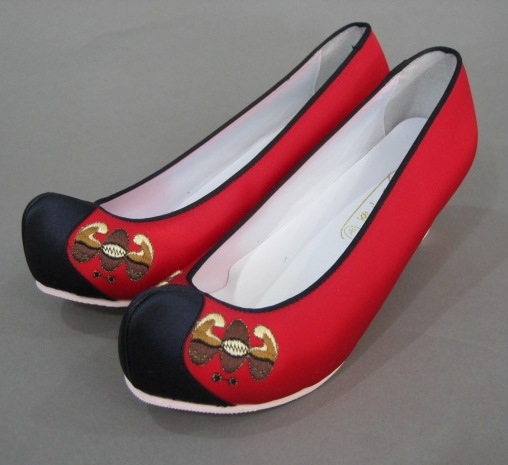

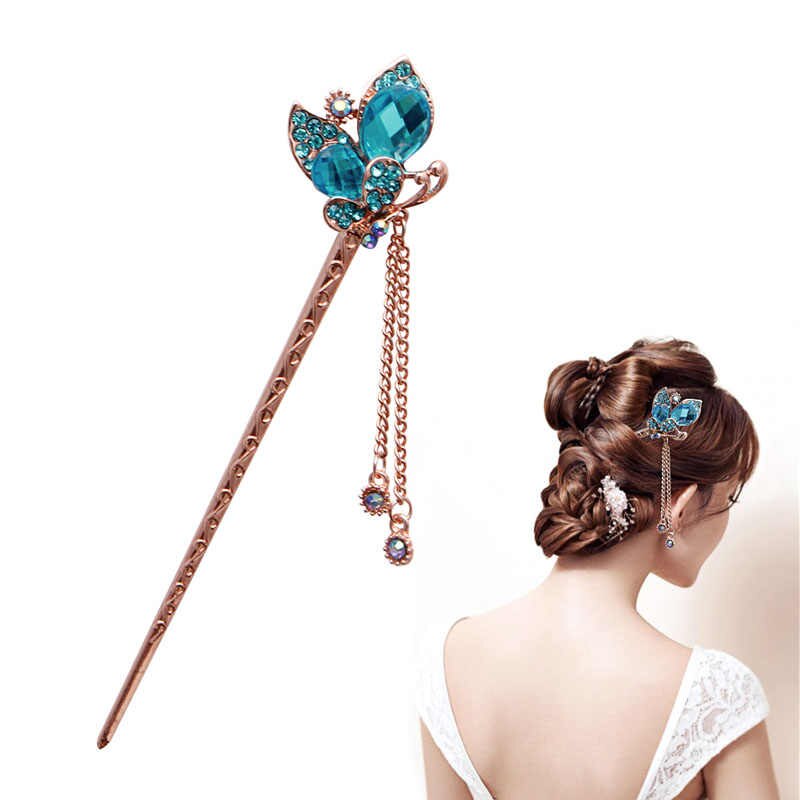
Modern models
The national costumes of today's Koreans are similar to those worn by their ancestors, but do not repeat them exactly, but only in general details. They are stylized and modernized, they often use a variety of bright colors, shades, and different materials. Korean costumes are not worn every day, but are worn with pleasure on holidays, special occasions, official receptions, anniversaries, and festivals.
It is very common to see people in national costumes in Korea on New Year's Day, on official holidays, and at weddings. Children greet their parents in the festive hanbok myeongjeol on the morning of the first day of the New Year. It is customary to dress small children in national clothes (dol hanbok) for the first time on Doljanchi's first birthday. The holiday is celebrated to wish the child a long life and health.
A 60th anniversary or Hwegap is another occasion when you can wear a national dress. The men's costume is called geumgwan chobok, the women's is tanae. And of course, Koreans will not miss the opportunity to show off in a hanbok at a wedding. For this event, both the newlyweds and their parents wear it. Moreover, the bride's mother wears a pink dress, and the groom's mother wears a blue dress. Now, wedding hanbok is becoming increasingly popular, not in a strictly classical style, but with elements of Western fashion.
In 21st century Korea, traditional clothing is revered by all walks of life, by people of all ages, and is worn with pleasure on holidays and during important life events.
Video



